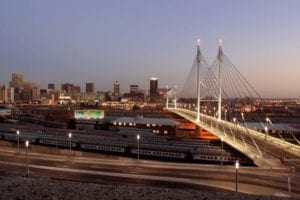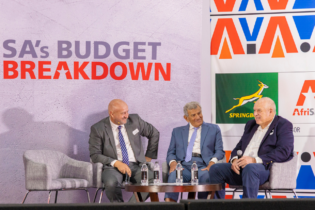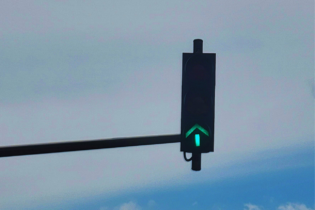 By Rianté Naidoo
By Rianté Naidoo
An excess of almost R10 billion that was spent on the Gauteng Freeway Improvement Project (GFIP) by the South African National Roads Agency (Sanral) should be accounted for, says Wayne Duvenage, chairperson at the Organisation Undoing Tax Abuse (Outa).
Speaking at a media briefing on Monday at the Gordon Institute of Business Science, Duvenage said the GFIP which was a “largely rehabilitation project” cost Sanral R17.9 billion but could have cost between R8 billion – R8.7 billion.
Outa’s “generous” cost exercise
To understand how Sanral could have spent as much as R17.9 billion on the GFIP, the organisation conducted a cost exercise over the last year.
In a paper titled, ‘
The Road to Excess: A Paper on High Pricing, Collusion and Capture of National Road Construction’, Outa did several cost exercises by engaging with experienced industry experts including road construction engineers and quantity surveyors.
With the aid of these professionals, Outa said it conducted a range of price estimation methodologies using tender documents and applied “generous amounts” to arrive at its “fair value” price-tag for the GFIP.
Outa also did several exercises comparing the GFIP to freeway projects in Texas, Addis Ababa, Europe and Greece, which showed further benchmarking evidence to reiterate the inflated price of R17.9 billion that was paid.
“Today, OUTA reiterates its opinion that the GFIP has been overpriced,” Duvenage said.
Approaching ministers, Treasury and oversight bodies
Outa said it will be lodging complaints with the Public Protector, National Treasury, Transport Minister Dipuo Peters, and Public Enterprise’s Minister Lynne Brown to seek their intervention and commitment to introduce a commission of enquiry into the following:
- The excessive costs of the GFIP.
- The general high cost of road construction in South Africa over the past decade.
- The R15 billion costs price tag of the forthcoming 80 km N3 Cedara to Durban freeway project.
- The lack of meaningful action taken against collusive construction industry players.
- The appointment of the previously promised transport regulator.
Outa said it will also be approaching various construction industry oversight bodies and associations including the Construction Industry Development Board (CIDB), the South African Institution of Civil Engineering (SAICE) and the South African Forum of Civil Engineering Contractors (SAFCEC).
Duvenage said it was difficult to understand how bodies such as SAFCEC and SAICE have not yet questioned the overpayment of the GFIP project, in light of the known collusion in the construction industry. “You shouldn’t be held ransom to a collusive industry,” he said.
Failed e-toll system
Despite these findings, Sanral has bigger problems, Duvenage said.
He highlighted the “failed” e-toll system as a big concern and said it was “unlawful and not well researched”. He added that only 20% of road users in Gauteng were compliant with the system.
“Debtors are mounting” as a result of this system and “we will fight the e-toll decision till the end,” Duvenage said. Outa will also be “seeking an alternative” to the system.
Duvenage remained adamant that Outa will not give up on this matter. “If government doesn’t listen they must suffer the consequences,” he said.
He emphasised the need for the progression of road infrastructure in South Africa and said the country should resort to outsiders like the Chinese and Italians if local companies could not carry out such tasks efficiently and transparently.
However, it was noted that throughout the investigation, Sanral’s new CEO Skhumbuzo Macozoma was very accommodating with the agency and Duvenage said credit should be given to him.
He added that Outa did not want to see Sanral fold, but “run transparently and efficiently and professionally for and with the best interests of the public.”









